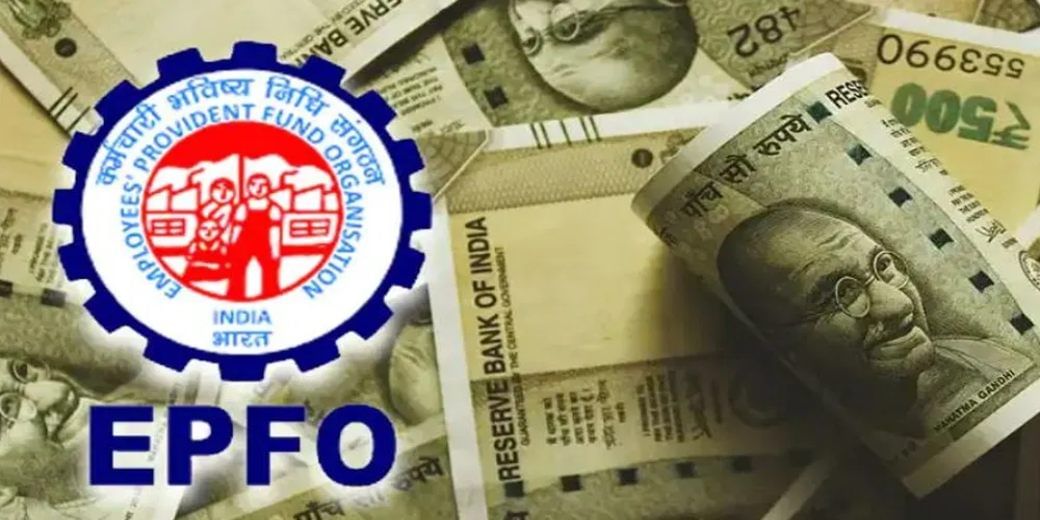How much PF is deducted from salary, where is it deposited? Know all about it
PF is deducted from the salary of the employed by the employer (private, public or government). This amount is deposited every month in the name of the employee in the Employees Provident Fund Organisation.

We all know that provident fund is deducted from our salaries. But do we know what amount is deducted, how is it calculated, what are its benefits and where is it deposited. If you are unaware of these, then read on to get a clear idea on what happens to your money deducted towards provident fund (PF).
PF is deducted from the salary of the employed by the employer (private, public or government). This amount is deposited every month in the name of the employee in the Employees Provident Fund Organisation i.e. EPFO. Every salaried person has an EPFO account whose account number is called Universal Account Number (UAN). The account is same throughout your working life. According to the rules, all companies and institutions with 20 or more employees come under the purview of EPFO. It is mandatory for every company to include those employees in the PF scheme who have a basic salary of up to Rs 15,000. The company can also include those who have a higher salary.
How much money is deposited in PF?
Twelve percent of the basic salary of the employee is deposited in the PF account. Also, it is mandatory for the employer to contribute 12 percent of the basic salary. Of the employer’s contribution, 3.67% is deposited in epf and 8.33% goes to pension scheme. Both the amounts are given to the employee on retirement.
In institutions where employees get dearness allowance (DA), then even that amount is considered for PF deduction. Those doing government jobs get DA. Employees who are appointed on cost to company, their PF is included in CTC itself.
For example, if a person’s CTC is Rs 12 lakh and monthly basic salary is Rs 45,834 rupees. In this way, her PF would be Rs 5,500. This amount will also be deducted from her CTC. This way, the employee will save Rs 11,000 every month for retirement. PF is currently giving annual interest at the rate of 8.1 percent. If we assume that the employee will retire after 30 years and the interest remains at 8.1 percent, he will accumulate more than Rs 1 crore in the PF account. This is a calculation based on static salary. The amount may increase as employees’ salary also rises every year. Plus, PF interest is also reviewed every year.
Tax benefits
People get the benefit of income tax exemption on annual investments of up to 1.5 lakh rupees in PF. Not only this, the entire amount received at the time of retirement is tax free.
Although, PF is be available on retirement but it can also be withdrawn to meet unforeseen contingencies
Withdrawal rules
In case of job loss, if you remain unemployed for one month, then 75 percent of the amount can be withdrawn from PF. The remaining 25% of the amount will remain deposited. The account will become active when you again become employed. Partial withdrawal from PF can be made for treatment of critical illness, buying or building a house and higher education. According to the rules, withdrawal from PF before five years of starting investment is taxed, but this tax is not levied if the person has become unemployed.
Also, the rate of interest PF is the highest amongst all other investment instruments like FD and PPF. That’s why one should save PF money for retirement.